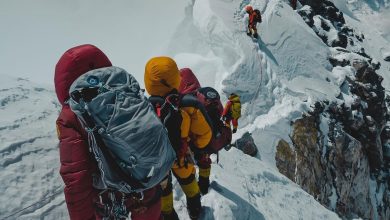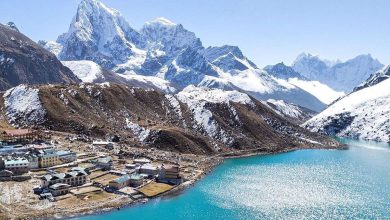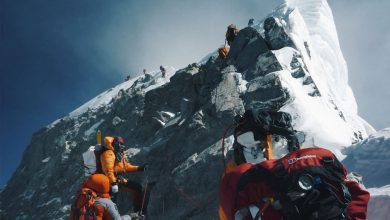Everest Base Camp Elevation And Altitude Gain
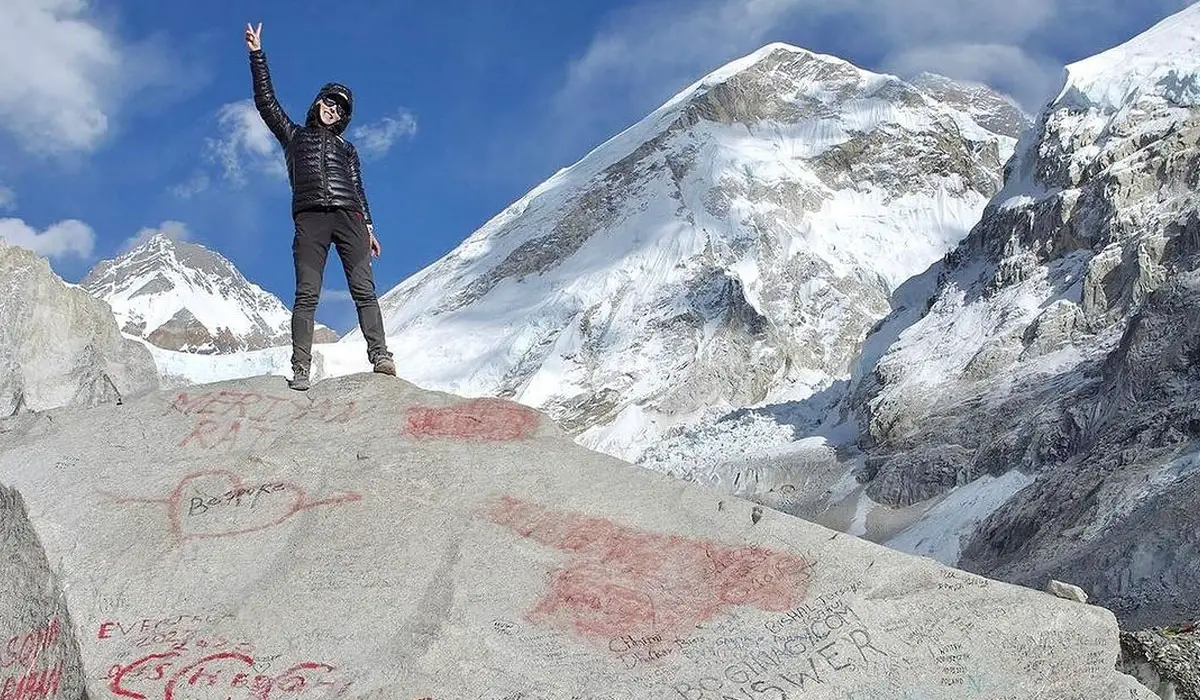
Everest Base Camp, or EBC, is the base camp for the tallest peak in the world, Mount Everest. Similarly, it is also the base camp of another 8000ers, Mount Lhotse. There are two different altitudes of the Everest Base Camp, one of them being the South Base Camp at an elevation of altitude of 5,364 meters (17,598 ft) and the North Base Camp at an elevation of 5,150 meters (16,900 ft) above sea level. The base camp is very crucial for mountaineers who want to take a break or acclimatize before making the ascent to the mountains ahead.
Likewise, a lot of visitors or trekkers tend to trek to the Everest Base Camp to explore the picturesque destination itself. The most common viewpoint of Everest Base Camp is Kala Pathhar at an elevation of 5,644.5 m (18,519 ft).
If you are planning to trek to the Everest Base Camp, let it be known that the trek is very challenging and, to a point, even technical. There are lots of things one needs to know about Everest Base Camp elevation as well as climbing the point. Make sure to read till the end of this article to know more!
What is the Elevation of Everest Base Camp?
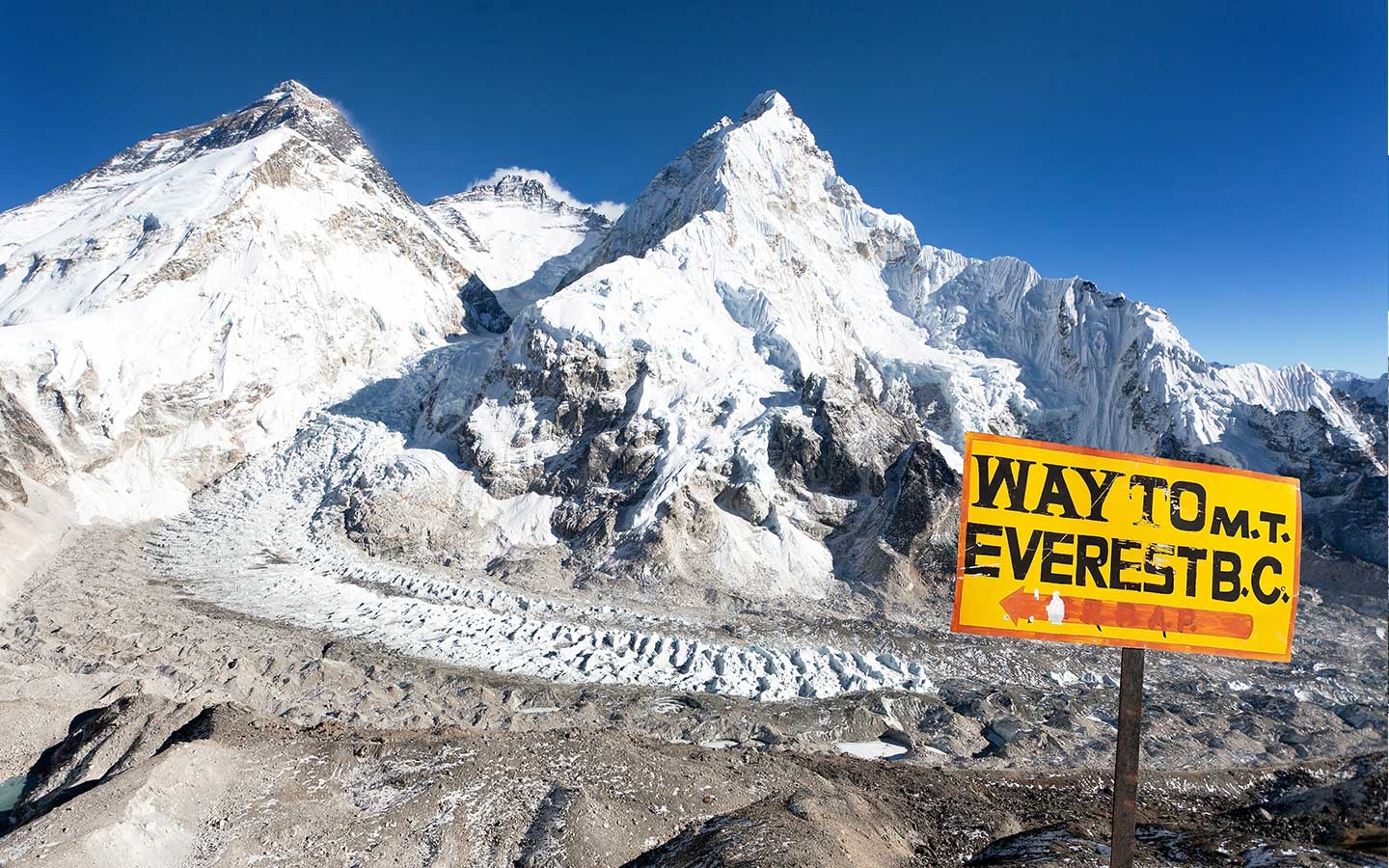
The elevation of Everest Base Camp is 5,364 m (17,598 ft) above sea level. The height itself makes for a challenging climb to the base camp, which is more than just an acclimatization point for visitors. From the height of the Everest Base Camp, you will be able to view the mountains that are 8000m above sea level, including the nearest mountains, Mount Everest and Lhotse.
Likewise, while you are in the base camp, you will also be able to explore the beautiful destination, which provides you with a getaway from the hustling and bustling city life to an exquisite rural experience.
Trekking to Mount Everest Base Camp, elevation above the height of 5000 meters, will take you to the main point straight from Lukla. Lukla has an elevation of 2,860 m (9,383 ft), making the climber’s altitude gain amount to 2,504 m (8,215 ft). Likewise, a lot of climbers tend to include Kala Patthar in their itinerary. The location is at an even higher elevation than the Everest Base Camp at 5,644 m (18,519 ft) above sea level. So, if you trek from this point, your altitude gain is going to be 2,784 m (9,136 ft).
The elevation at the Everest Base Camp may or may not be a challenge to you, depending on your past climbing experience. Given you are an accomplished climber, you will not find the climb to the Everest Base Camp elevation as tough in contrast to someone who is a beginner at climbing. However, adequate training and efforts toward physical fitness are going to do miracles for just about anyone.
Everest Base Camp Elevation Altitude Gain
| Location | Elevation |
| Kathmandu | 1,350 m (4,429 ft) |
| Lukla | 2,800 m (9,187 ft) |
| Phakding | 2,610 m (8,563 ft) |
| Namche Bazaar | 3,438 m (11,280 ft) |
| Tengboche | 3,870 m (12,697 ft) |
| Dingboche | 4,360 m (14,305 ft) |
| Lobuche | 4,940 m (16,208 ft) |
| Everest Base Camp | 5,364 m (17,599 ft) |
Trekking Trail for Everest Base Camp Elevation
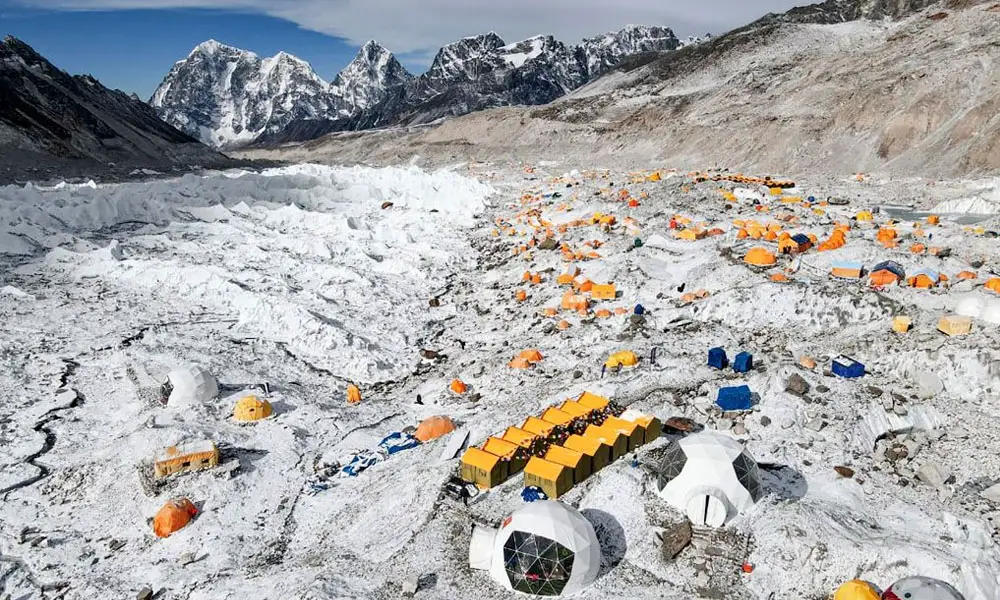
The trail from Everest Base Camp to the South Base Camp is the most common one among trekkers. Hence, we will be discussing the trekking trail of the Mount Everest Base Camp elevation below:
Kathmandu to Lukla:
You will be traveling from Kathmandu(1,350 meters (4,429 feet)) to Lukla Airport (2,800 m (9,187 ft)) via flight. There is no direct flight to the Everest Base Camp itself, though you can get a helicopter ride there.
Lukla to Namche Bazaar:
From Lukla, you will reach Phakding after 3 to 4 hours of trekking. From here, you can approach Namche Bazaar, which will likely take you 5 to 6 hours in total by trekking. Namche Bazaar is located at an elevation of 3,438 m (11,280 ft) above sea level.
Namche Bazaar to Tengboche:
After resting and acclimatizing at Namche Bazaar, you proceed to Tengboche at an elevation of 3,870 m (12,697 ft).
Tengboche to Dingboche:
From Tengboche, you will go to Dingboche, which is a neighboring destination from the former one. Dingboche lies at an elevation of 4,360 m (14,305 ft).
Dingboche to Lobuche:
A night will be spent in Lobuche at an elevation of 4,940 m (16,208 ft). You will head towards the Everest Base camp the next morning.
EBC to Kala Pathhar:
For those who don’t want to end their journey and go further, Kala Pathhar is the final destination at an elevation of 5,644 m (18,519 ft), which is higher than the Mount Everest Base Camp elevation at an altitude of 5,364 meters (17,598 ft).
EBC vs. Annapurna Base Camp altitude gain
Everest Base Camp and Annapurna Base Camp are very often compared with one another because both these spots are equally famous among visitors. There arises a question of which location is higher and which is lower, and for that, we will have to go through the altitude gain of both locations.
The Annapurna Base Camp is at an elevation of 4,130m (13,549ft), while the elevation of Everest Base Camp is 5,364 m (17,598 ft) above sea level. Hence, the EBC has a higher elevation than the Annapurna Base Camp, with a difference of 1234 m (4,049 ft). It is harder to climb the Everest Base Camp than the Annapurna Base Camp, mainly for this reason.
Helicopter Tour of Everest Base Camp Elevation
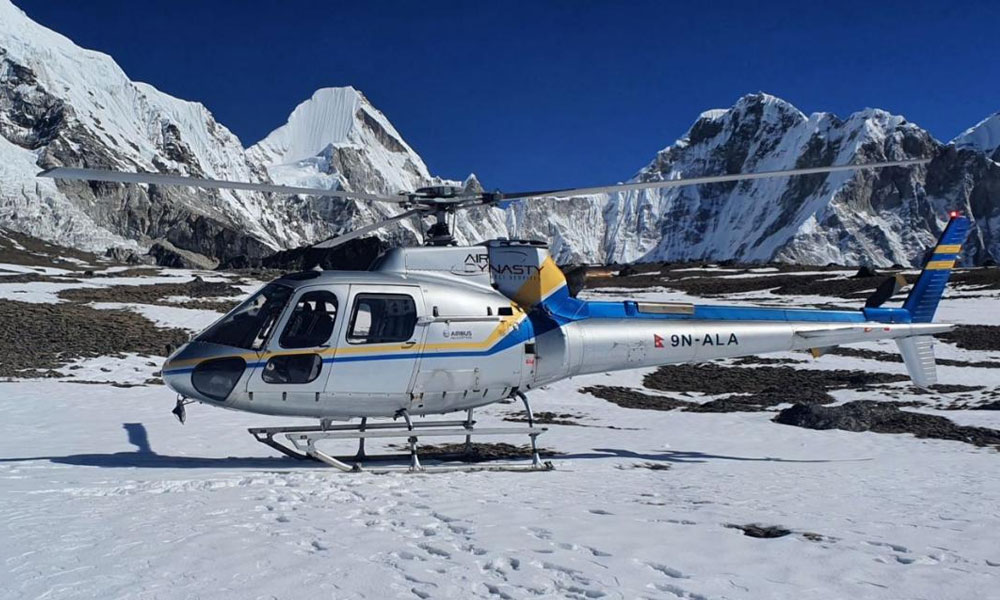
A lot of people tend to go to the Everest Base Camp with the help of a helicopter. When you book a helicopter, you will head straight from Kathmandu to the Lukla helipad. The helicopter will fuel in Lukla and fly straight to the Everest Base Camp. You can enjoy and explore the beautiful point there. You will head back the same way, starting from the elevation of Everest Base Camp lower to Lukla, and back to Kathmandu.
Challenges To Reach High Elevation of Everest Base Camp
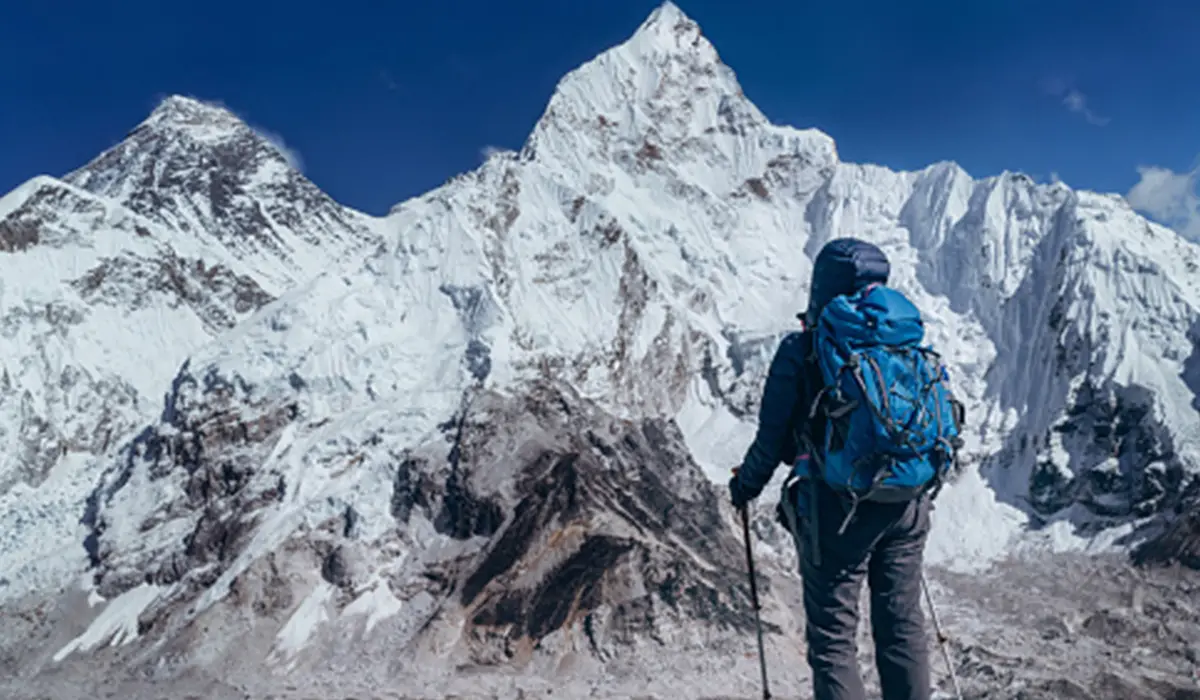
Since you will be trekking to the base camp of the tallest mountain in the world, you can expect a certain level of difficulty in your journey, regardless of how good you are at outdoor sports. The routes, for sure, are thrilling as can be. But you will also come across a lack of proper accommodation, difficulty breathing due to altitude sickness, food shortage, and sometimes, even flight cancellation at the most unimaginable time.
Once you are over the elevation of 4,014 m (13,169 ft) and on your way to the high elevation of the Everest Base Camp, all the aforementioned issues tend to rise, though not likely at times. Therefore, learning about the likelihood of these issues in depth while also carrying plenty of supplies that may come to necessity in the future is going to be of great help. Staying prepared when it comes to either resources or physical fitness is an important concern.
Altitude Sickness at the Everest Base Camp Elevation
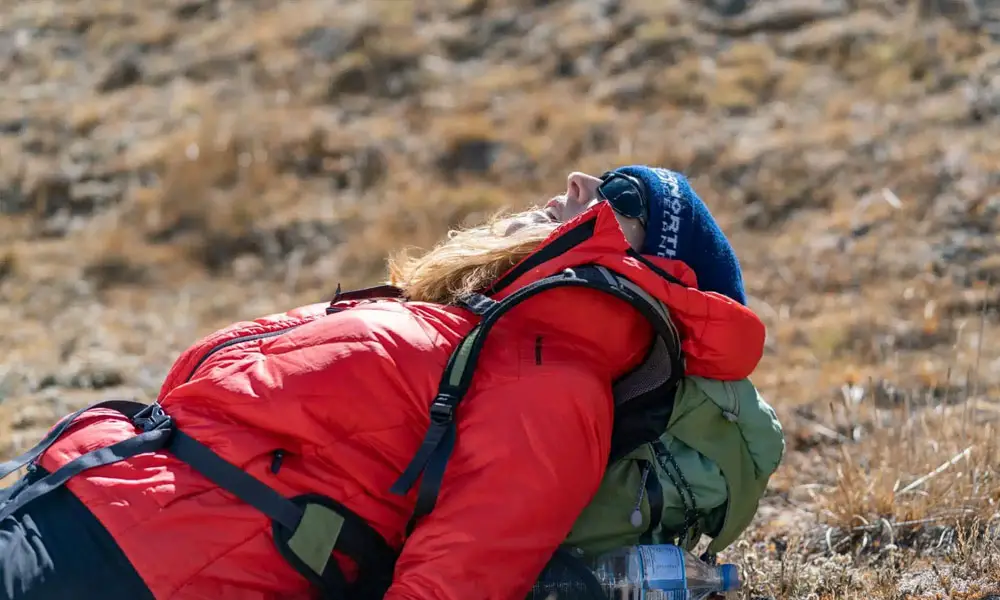
There is a great likelihood of altitude sickness at the Everest Base Camp, especially if someone is not used to the conditions of a higher altitude. Before an individual attempts to go to a location that is at a taller height than where they are habituated to live, there is nothing new in him facing difficulties in breathing and going through respiratory issues in the process. There is a need for an oxygen cylinder in addition to other supplies if a beginner is going to the height. However, it cannot, for sure, be said whether the person is going to need supplemental oxygen or not.
Some of the most common problems that arise due to altitude problems are reduced physical and mental performance, insomnia, vomiting, headache, and imbalanced coordination. High-altitude pulmonary edema (HAPE) is another major issue that arises when a person is at a high-altitude location. This condition causes an individual to form water in fluid inside his lungs, making it hard for him to breathe or respond to other bodily functions. It is important to keep in mind that HAPE is lethal, and if not treated on time or in case of the severity of the condition, one will not be able to make it.
Another condition caused due to altitude sickness is Acute Mountain Sickness (AMS). If a person suffers from AMS, he is going to have a tough time breathing and functioning as he does normally. However, this condition is not as severe or extreme as HAPE. AMS is more common when you are at the Everest Base Camp Elevation while HAPE is common at the main peaks’s altitude. Succumbing due to altitude sickness when a person is at Everest Base Camp is not very frequent, but the possibility of it remains nevertheless.
How can you remain safe from altitude sickness at high elevation of Everest Base Camp?
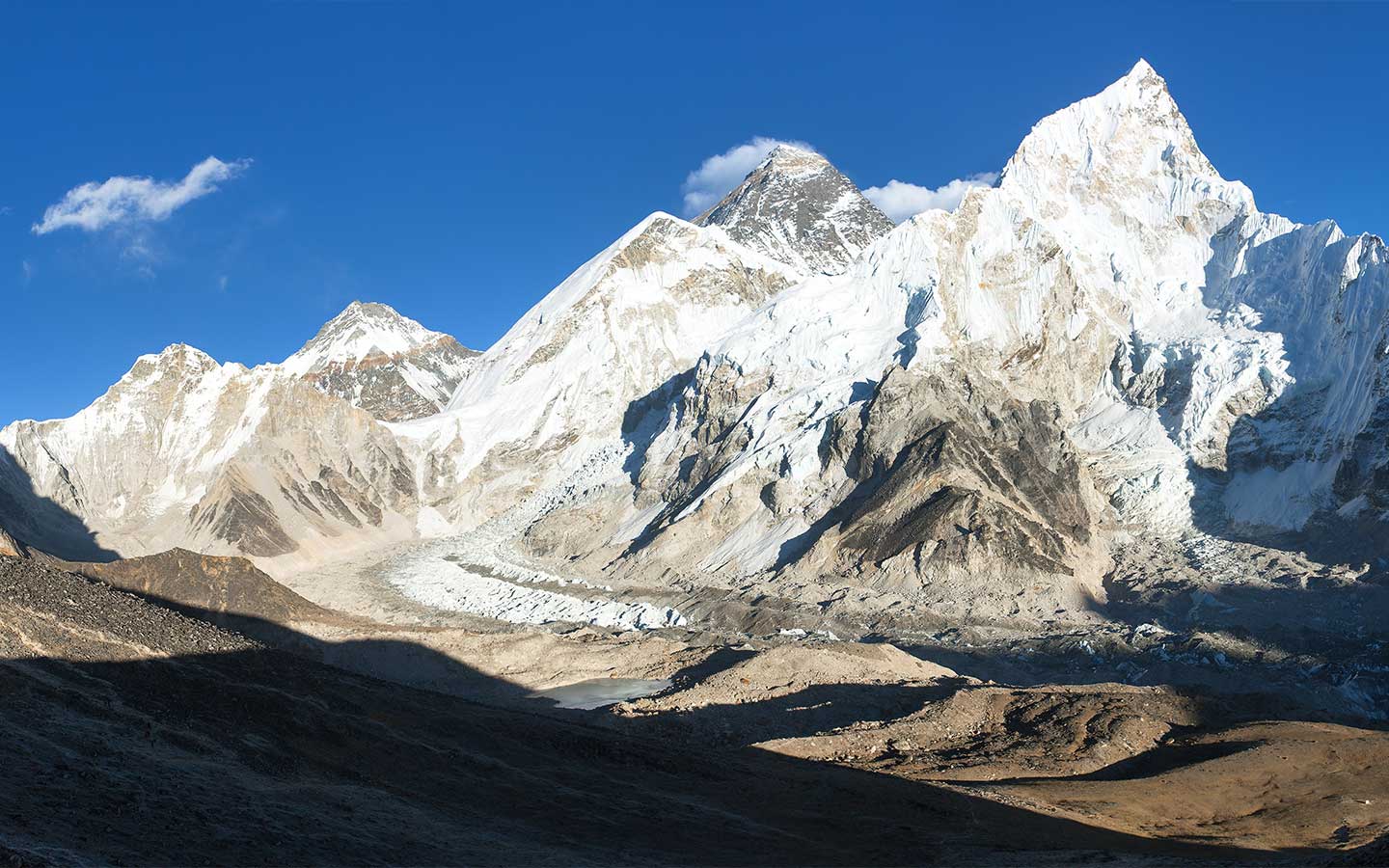
It is important for a person to keep himself safe even at a high altitude when he is at the Everest Base Camp Elevation. Some of the ways one can stay safe and cautious are:
Acclimatization: While the Everest Base Camp itself is the acclimatization spot for mountaineers aiming to summit or climb Mount Everest, it is crucial to acclimatize on your way to the EBC itself. Not going too fast and slowing down in order to take time off for acclimatization becomes compulsory in order to avoid altitude sickness.
Descend: Sometimes, the only proper way to keep yourself away from any problem is to avoid it completely. If you see any extreme symptoms of altitude sickness or if you suffer from any respiratory condition, it is the only right option to descend from your trekking route and return back home. The further you go, the more your condition will worsen.
Medication: Carrying along medication when you are on your way to the Everest Base Camp is important, and this cannot be skipped. You need to see a physician before you take a medication, as bad medications or wrongly drugging oneself is only going to cause more problems.
Supplemental oxygen: You have to carry supplemental oxygen when you are ascending or trekking to the Everest Base Camp because doing so is going to help you survive the extreme altitude conditions. The likelihood of oxygen getting thinner and one’s body not responding properly to the change in altitude always necessitates supplemental oxygen as a backup.
Hyperbaric therapy: This therapy is similar to decompression treatment in scuba divers. Using hyperbaric bags in order to immediately treat a person is made possible during hyperbaric therapy. The more you delay this therapy, the worse your condition gets.
Frequently Asked Questions (FAQs)
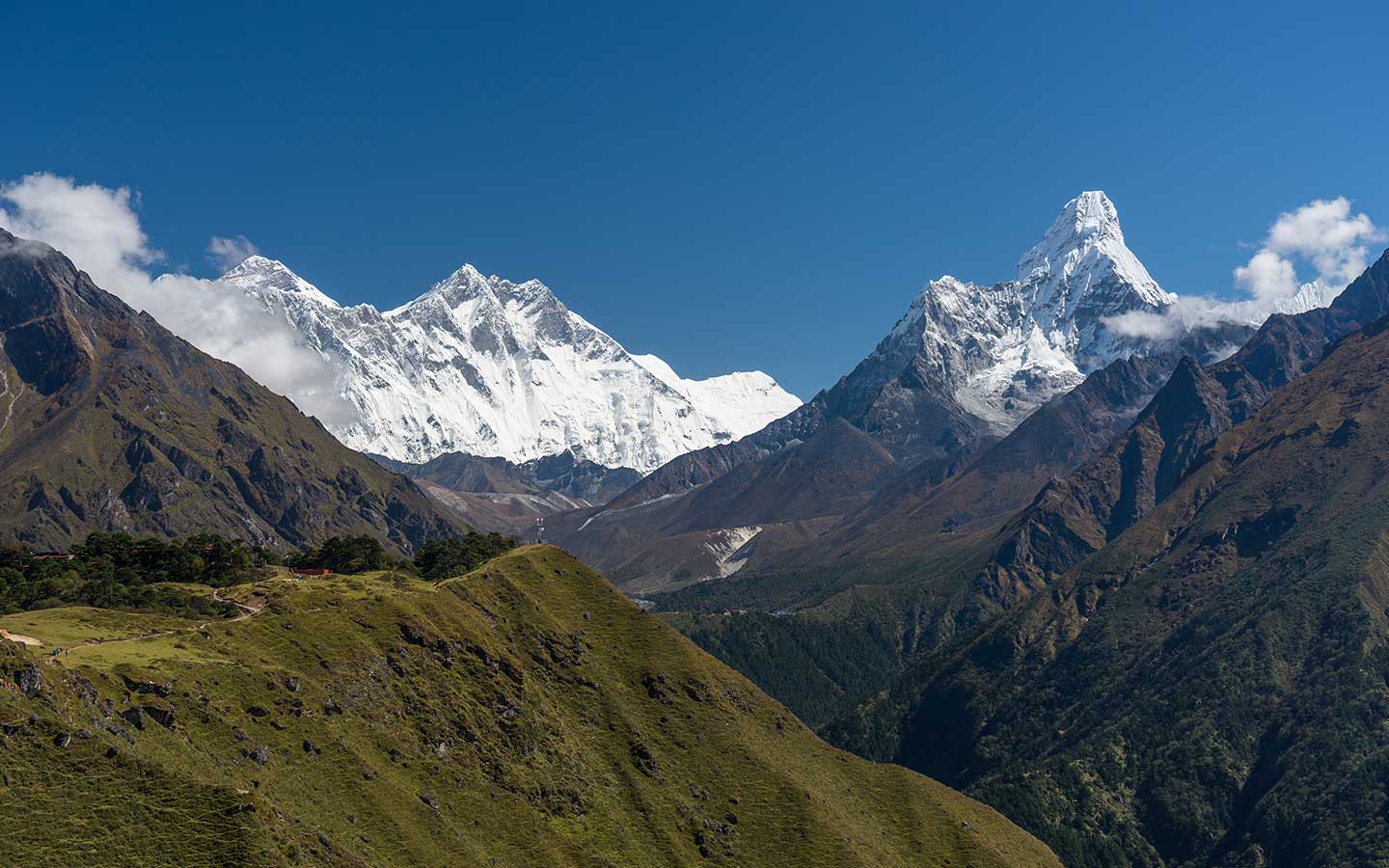
How hard is it to walk to Everest Base Camp?
Everest Base Camp walk or trek does not require technical climbing skills but a physically fit body with lots of endurance as it is a long hike at a high altitude.
How bad is altitude sickness at Everest Base Camp?
Change in altitude normally causes altitude sickness once you are above the height of 4000m, including the elevation of Everest Base Camp above the height of 5000m.
Can a beginner do Everest Base Camp?
Training with smaller trails and becoming physically fit is important for a beginner to trek to the Everest Base Camp.
How many people fail Everest Base Camp?
An average of 3 to 5 people per year fail to climb the Everest Base Camp.
Do you need oxygen at base camp Everest?
For anyone who does not have prior experience with high-altitude locations, it is necessary to carry along an oxygen cylinder.
Also, read;
